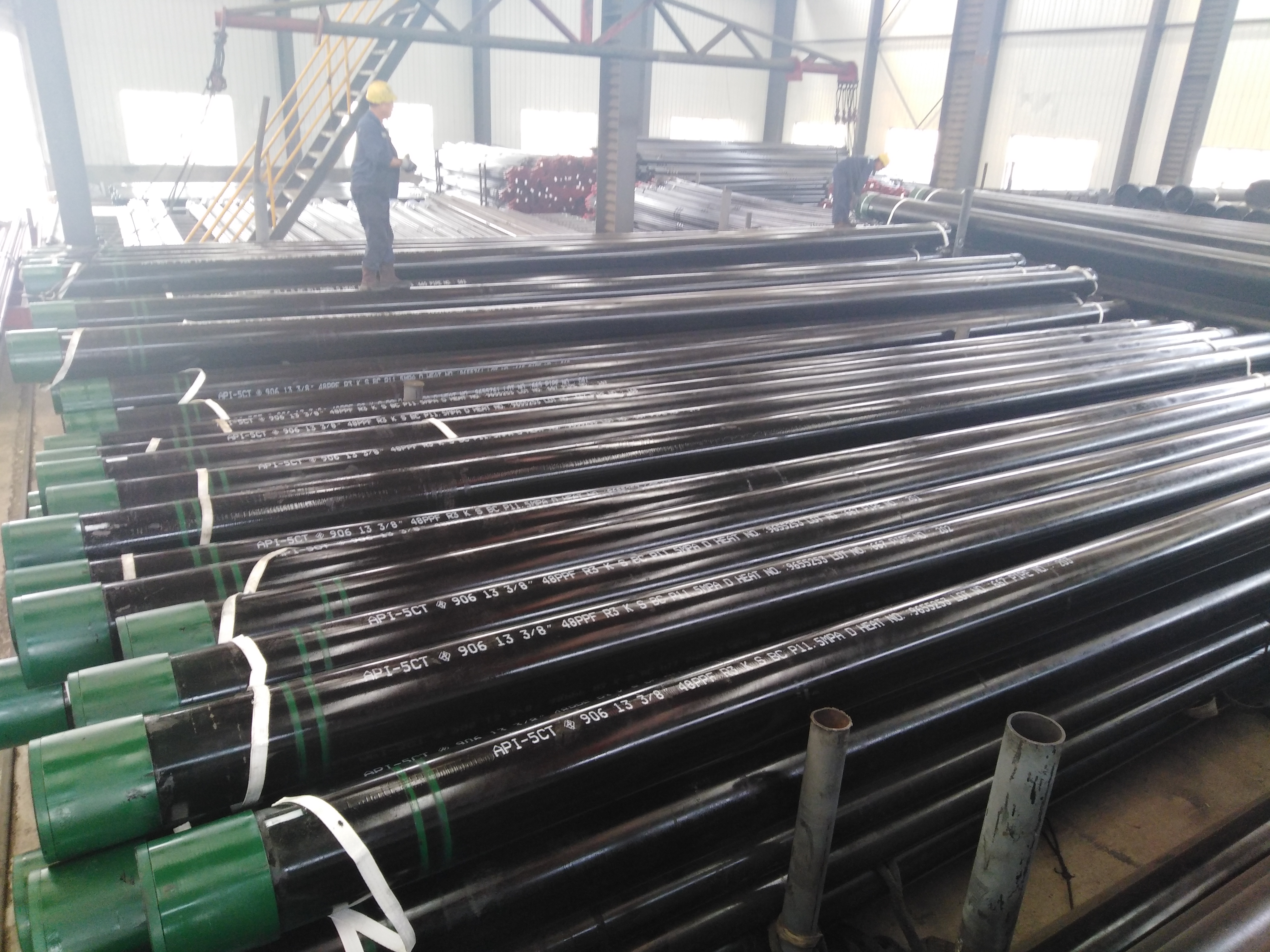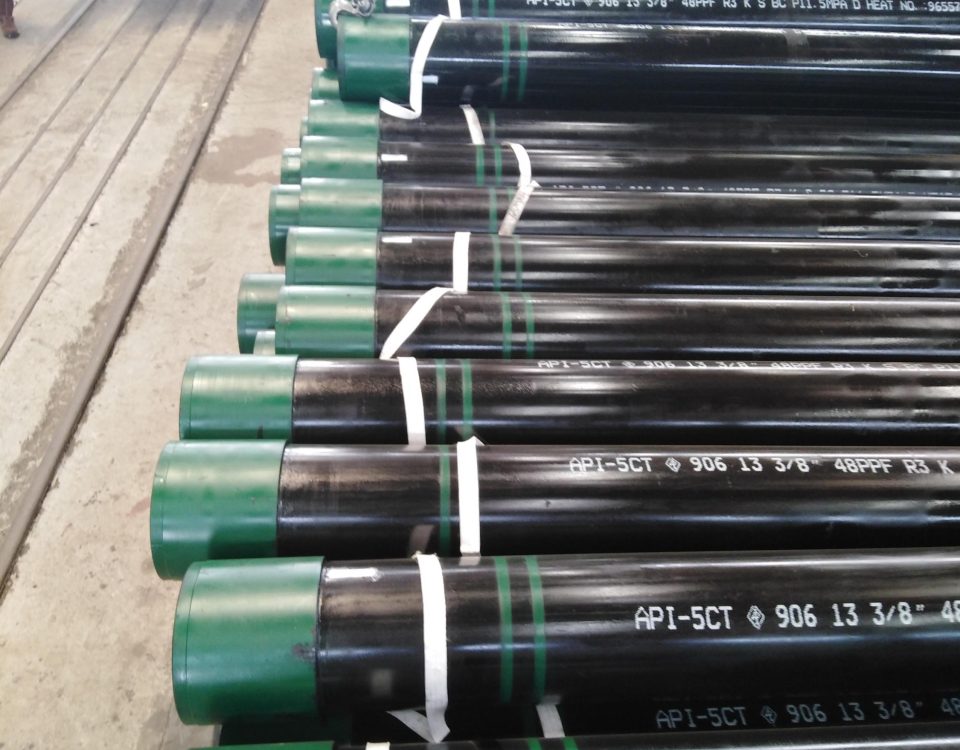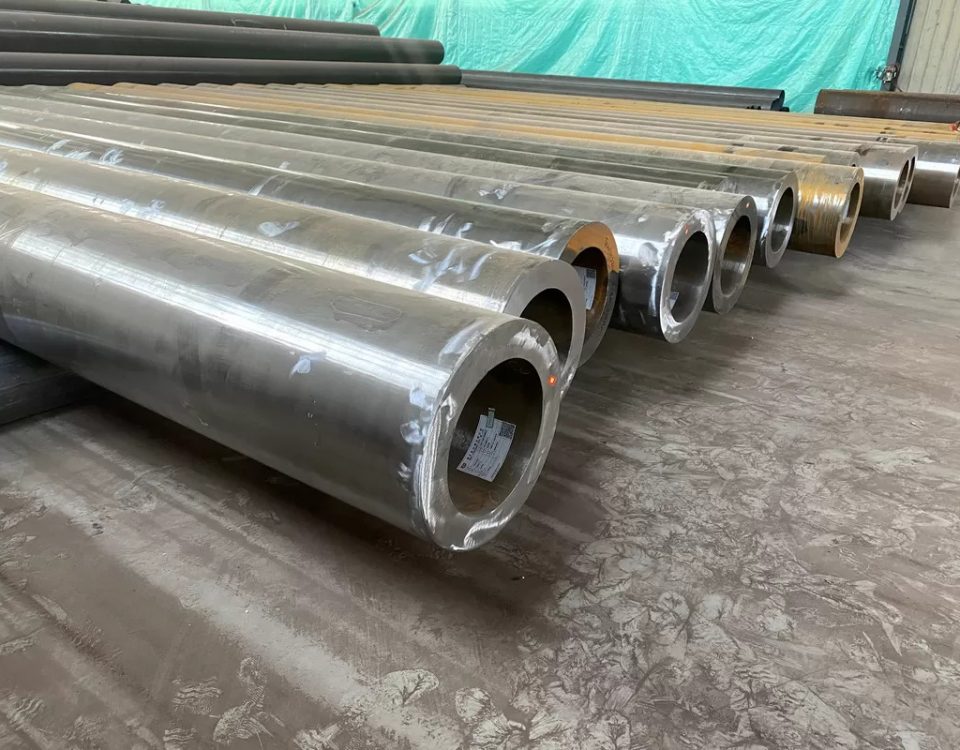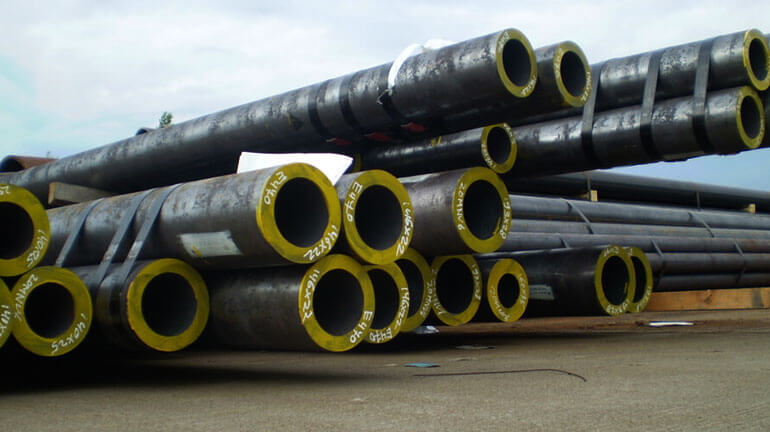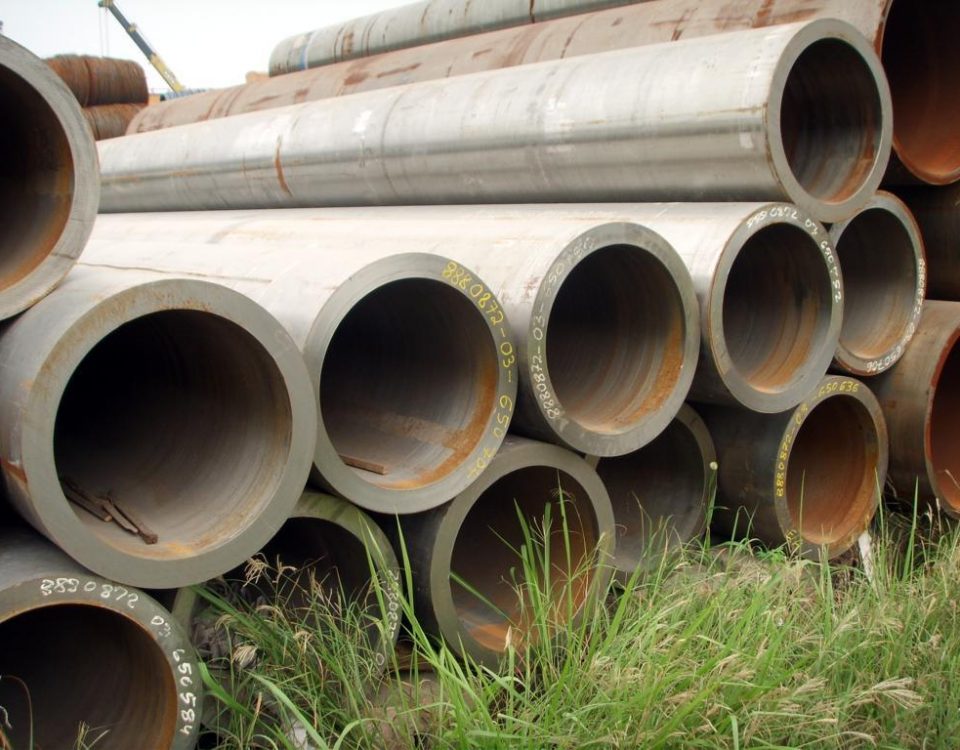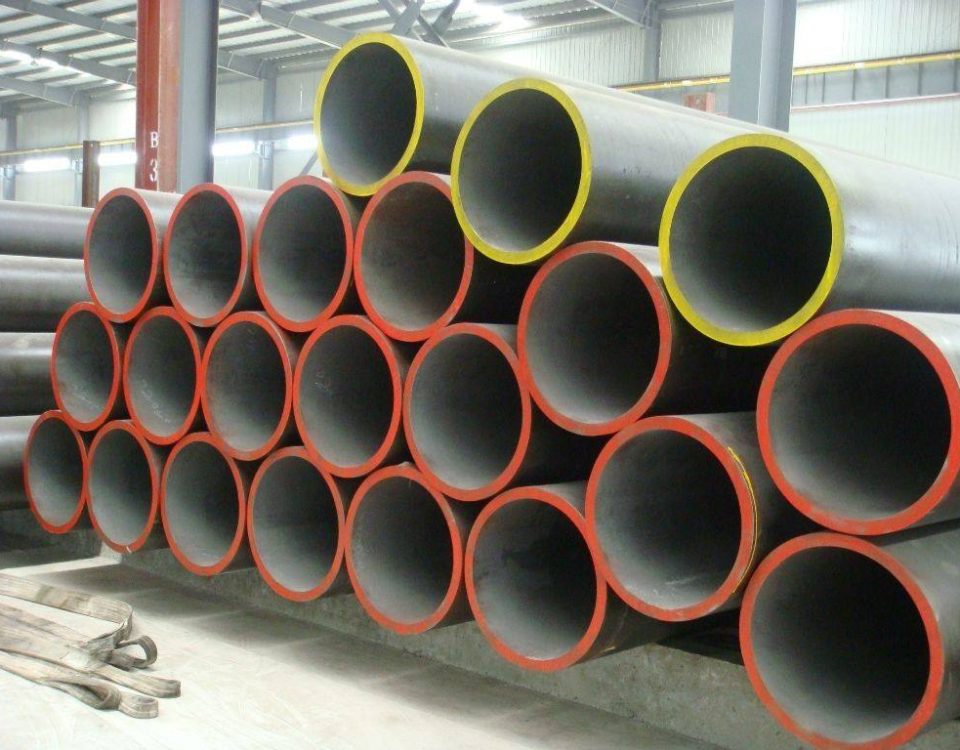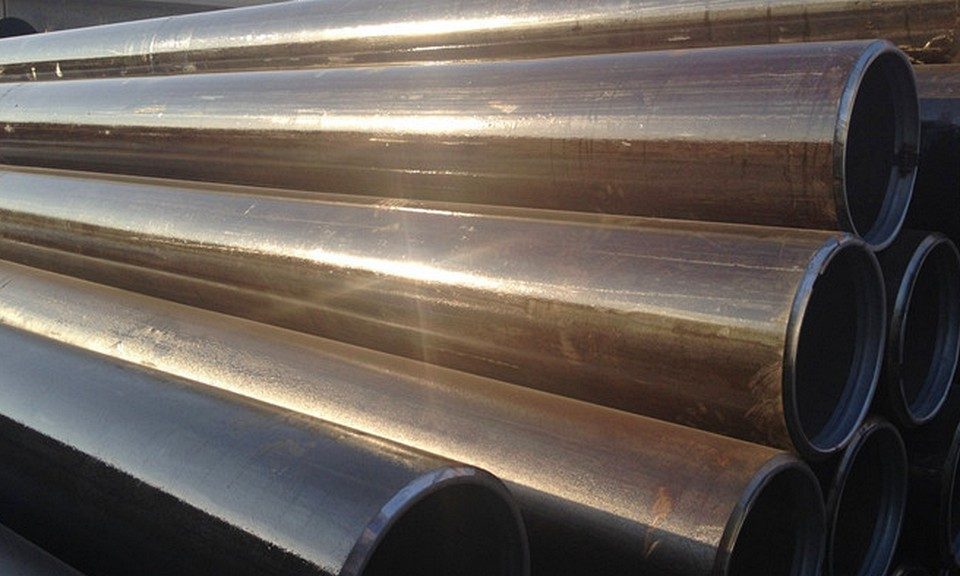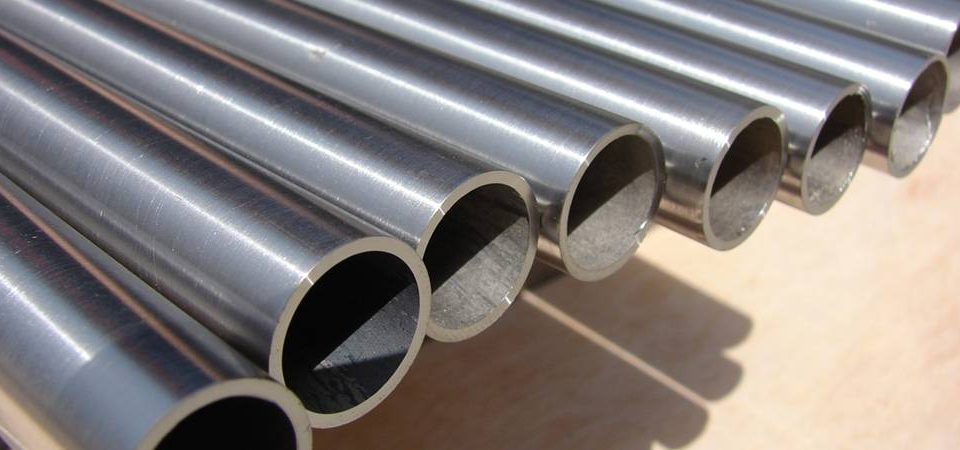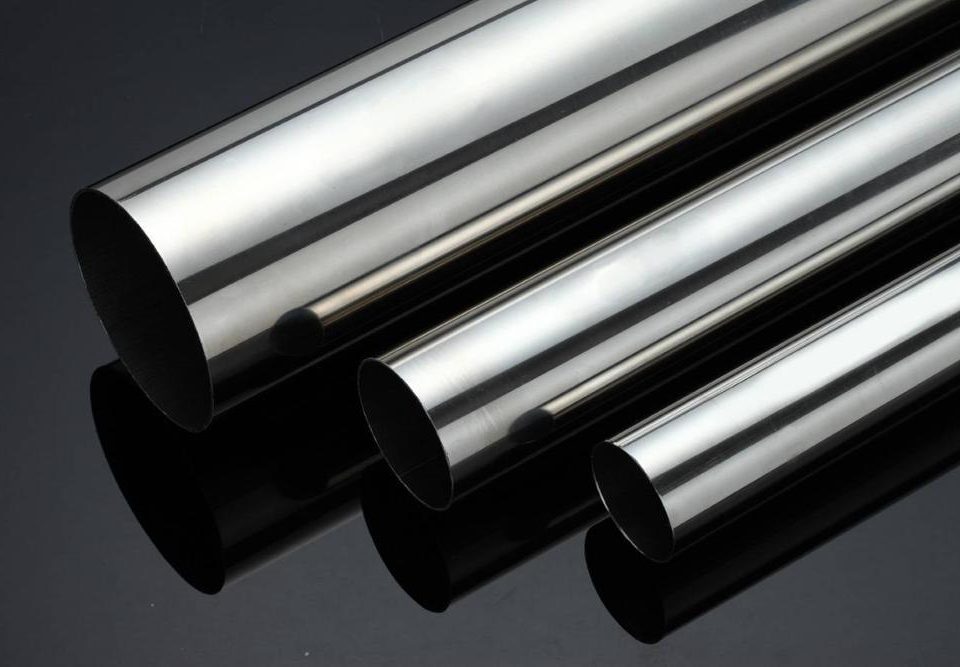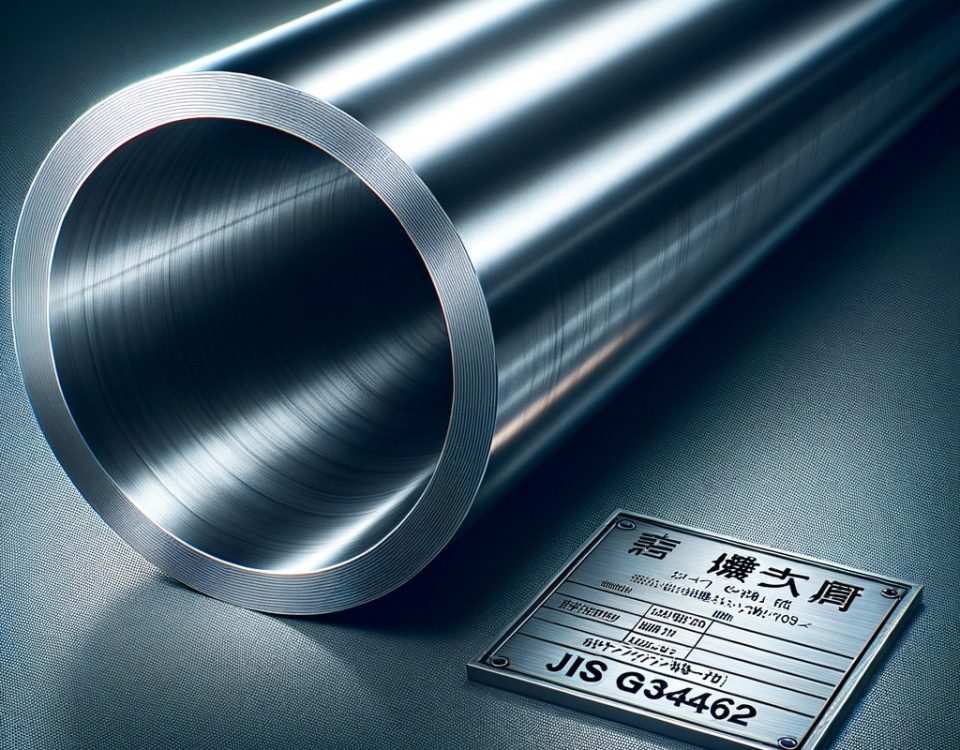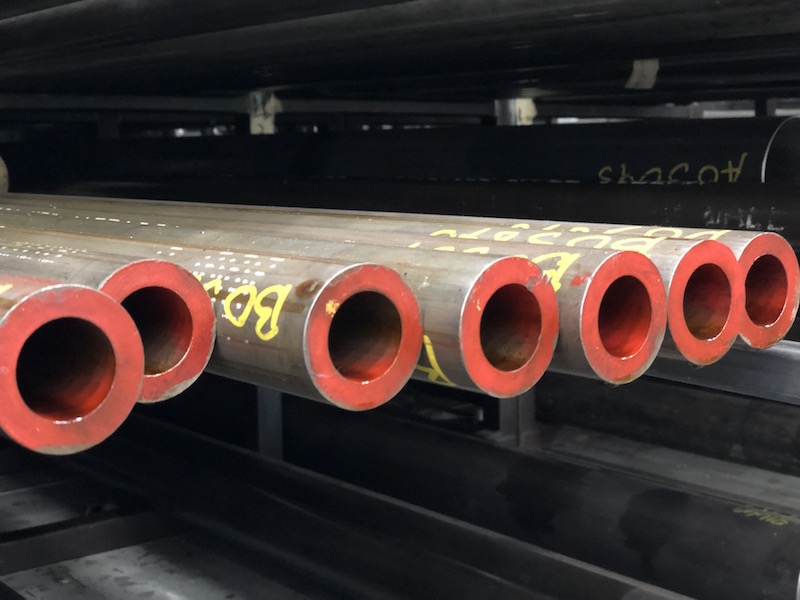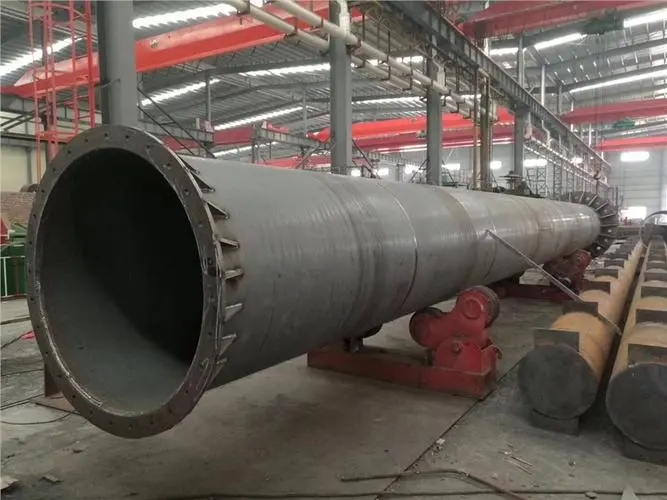What is non-destructive testing of steel pipes? What kinds of flaw detection methods are included?
January 17, 2022Introduction to the knowledge of seamless steel pipes and welded pipes
February 8, 2022The mechanical properties of steel are important indicators to ensure the end-use properties (mechanical properties) of steel, which depend on the chemical composition and heat treatment system of the steel. In the steel pipe standard, according to different use requirements, the tensile properties (tensile strength, yield strength or yield point, elongation), hardness and toughness indicators, as well as high and low temperature properties required by users are specified.
① Tensile strength (σb)
During the tensile process, the maximum force (Fb) that the sample bears when it breaks, and the stress (σ) obtained from the original cross-sectional area (So) of the sample is called tensile strength (σb), and the unit is N/mm2 (MPa). It represents the maximum ability of a metal material to resist damage under tension. The calculation formula is:
In the formula: Fb–the maximum force that the sample bears when it is pulled off, N (Newton);
So–the original cross-sectional area of the sample, mm2.
②Yield point (σs)
For metal materials with yielding phenomenon, the stress at which the sample can continue to elongate without increasing the force (remaining constant) during the stretching process is called the yield point. If the force decreases, the upper and lower yield points should be distinguished. The unit of yield point is N/mm2 (MPa).
Upper yield point (σsu): the maximum stress before the sample yields and the force decreases for the first time;
Lower yield point (σsl): The minimum stress in the yield phase when initial transient effects are ignored.
The formula for calculating yield point is:
In the formula: Fs–yield force (constant) during the tensile process of the sample, N (Newton);
So–the original cross-sectional area of the sample, mm2.
③Elongation after fracture (σ)
In the tensile test, the percentage of the length increased by the gauge length of the specimen after it is broken and the length of the original gauge length is called the elongation. It is represented by σ and the unit is %. The calculation formula is:
In the formula: L1–the gauge length after the sample is broken, mm;
L0–The original gauge length of the sample, mm.
④Section shrinkage rate (ψ)
In the tensile test, the percentage of the maximum reduction of the cross-sectional area at the reduced diameter of the specimen after the specimen is broken and the original cross-sectional area is called the cross-sectional shrinkage rate. It is expressed in ψ and the unit is %. Calculated as follows:
In the formula: S0–the original cross-sectional area of the sample, mm2;
S1–the minimum cross-sectional area at the reduced diameter of the sample after fracture, mm2.
⑤Hardness index
The ability of a metal material to resist the indentation of a hard object is called hardness. According to different test methods and scope of application, hardness can be divided into Brinell hardness, Rockwell hardness, Vickers hardness, Shore hardness, microhardness and high temperature hardness. For pipes, there are three commonly used hardnesses: Brinell, Rockwell and Vickers.
A. Brinell hardness (HB)
Use a steel ball or cemented carbide ball with a certain diameter to press into the surface of the sample with the specified test force (F), remove the test force after the specified holding time, and measure the indentation diameter (L) on the surface of the sample. The Brinell hardness value is the quotient of the test force divided by the surface area of the indentation spherical. Expressed in HBS (steel ball), the unit is N/mm2 (MPa).
Its calculation formula is:
In the formula: F–the test force pressed into the surface of the metal sample, N;
D–diameter of steel ball for test, mm;
d–the average diameter of the indentation, mm.
The measurement of Brinell hardness is more accurate and reliable, but generally HBS is only suitable for metal materials below 450N/mm2 (MPa), not suitable for harder steel or thinner plates. Among the steel pipe standards, Brinell hardness is the most widely used, and the hardness of the material is often expressed by the indentation diameter d, which is both intuitive and convenient.
Example: 120HBS10/1000130: Indicates that the Brinell hardness value measured by a steel ball with a diameter of 10mm under the action of a test force of 1000Kgf (9.807KN) for 30s (seconds) is 120N/mm2 (MPa).
B. Rockwell hardness (HK)
The Rockwell hardness test, like the Brinell hardness test, is an indentation test method. The difference is that it measures the depth of the indentation. That is, under the successive action of the initial test force (Fo) and the total test force (F), the indenter (cone or steel ball) is pressed into the surface of the sample, and after the specified holding time, the main force is removed. The test force, the hardness value is calculated from the measured residual indentation depth increment (e). Its value is an unnamed number, represented by the symbol HR, and the scales used include 9 scales A, B, C, D, E, F, G, H, K, etc. Among them, the scales commonly used for steel hardness test are generally A, B, C, namely HRA, HRB, HRC.
The hardness value is calculated by the following formula:
When tested with A and C scales, HR=100-e
When using the B scale test, HR=130-e
In the formula, e–residual indentation depth increment, which is expressed in a specified unit of 0.002mm, that is, when the indenter moves axially by one unit (0.002mm), it is equivalent to a number of Rockwell hardness changes. The larger the e value, the lower the hardness of the metal, and vice versa, the higher the hardness.
The scope of application of the above three scales is as follows:
HRA (diamond cone indenter) 20-88
HRC (diamond cone indenter) 20-70
HRB (diameter 1.588mm steel ball indenter) 20-100
Rockwell hardness test is a widely used method at present, among which HRC is second only to Brinell hardness HB in steel pipe standards. Rockwell hardness can be used to measure metal materials from extremely soft to extremely hard. It makes up for the inadequacy of the Brinell method. It is simpler than the Brinell method and can directly read the hardness value from the dial of the hardness machine. However, due to its small indentation, the hardness value is not as accurate as the Brinell method.
C, Vickers hardness (HV)
Vickers hardness test is also an indentation test method, which is to press a regular quadrangular pyramid diamond indenter with an angle of 1360 opposite faces into the test surface with a selected test force (F), and remove the test after a specified holding time. force, and measure the length of the two diagonals of the indentation.
The Vickers hardness value is the quotient obtained by dividing the test force by the surface area of the indentation, and its calculation formula is:
In the formula: HV–Vickers hardness symbol, N/mm2 (MPa);
F–test force, N;
d–the arithmetic mean of the two diagonals of the indentation, mm.
The test force F used for Vickers hardness is 5 (49.03), 10 (98.07), 20 (196.1), 30 (294.2), 50 (490.3), 100 (980.7) Kgf (N) six grades, the hardness value can be measured The range is 5 to 1000HV.
Representation method example: 640HV30/20 means that the Vickers hardness value measured with a test force of 30Hgf (294.2N) for 20S (seconds) is 640N/mm2 (MPa).
The Vickers hardness method can be used to measure the hardness of very thin metal materials and surface layers. It has the main advantages of Brinell and Rockwell methods, and overcomes their basic shortcomings, but it is not as simple as the Rockwell method. The Vickers method is rarely used in steel pipe standards.
⑥ Impact toughness index
Impact toughness reflects the resistance of metals to external impact loads, generally expressed by impact toughness value (ak) and impact energy (Ak), whose units are J/cm2 and J (joules) respectively.
Impact toughness or impact energy test (referred to as “impact test”) is divided into three types: normal temperature, low temperature and high temperature impact test due to different test temperatures; according to the shape of the sample notch, it can be divided into “V”-shaped notch and “U” There are two types of notch impact tests.
Impact test: use a sample of a certain size and shape (10×10×55mm) (with a “U” or “V”-shaped notch in the middle of the length direction, the notch depth is 2mm) under the impact of the impact load on the specified testing machine. Experiment with broken at the notch.
A. Shock absorption work Akv(u)–the work absorbed by a metal pattern with a certain size and shape when it breaks under the action of shock load. The unit is Joule (J) or Kgf.m.
B. Impact toughness value akv(u) – the quotient obtained by dividing the impact absorption energy by the cross-sectional area of the bottom at the notch of the sample. The unit is Joule/cm2 (J/cm2) or kilogram force.m/cm2 (Kgf.m/cm2). The calculation formula is:
In the formula: Akv(u)–work absorbed when the sample is broken, Kgf.m (J);
S – the cross-sectional area of the bottom of the sample notch, cm2.
The normal temperature impact test temperature is 20±50C; the low temperature impact test temperature range is
The cooling medium used in the low temperature impact test is generally non-toxic, safe, non-corroding metal and non-solidifying liquid or gas at the test temperature. Such as absolute ethanol (alcohol), solid carbon dioxide (dry ice) or liquid nitrogen atomizing gas (liquid nitrogen).

